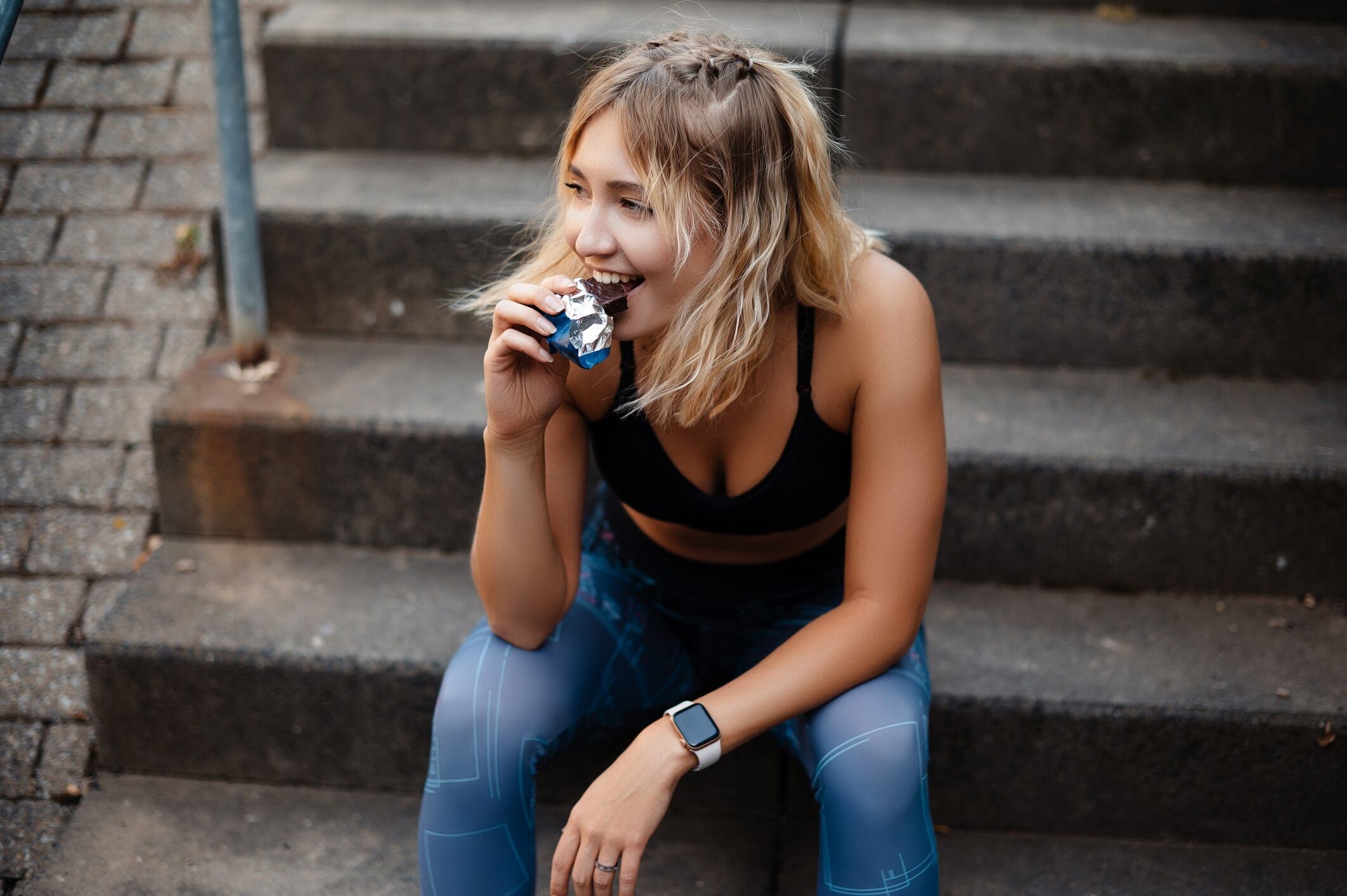What’s driving the NAD⁺ food and beverage trend – summary
- Longevity market now worth $21bn with 10.37% annual growth
- NAD⁺ levels decline with age but diet can help restore them
- Functional foods and drinks boost NAD⁺ using vitamin B3 precursors
- NAD⁺ market growing fast with 16.7% CAGR and $4.8bn forecast
- Stabilising NAD⁺ in products is challenging but increasingly achievable
Longevity is a major buzzword in the health and wellness space. People don’t just want to live longer, they want to live well for longer.
Hardly surprising, as who wouldn’t want to feel great in their 70s, 80s, 90s and beyond? In fact, it’s more surprising that it’s taken so long for this trend to really take off.
But take off at last it has, and it’s powering an industry now worth over $21bn (€18bn), with a hefty 10.37% CAGR and a projected value of $63bn by 2035 (market analysts Market Research Future).
And with this growth comes arguably one of the most exciting longevity discoveries of recent years - the anti-ageing potential of nicotinamide adenine dinucleotide or NAD⁺ for short.
What is nicotinamide adenine dinucleotide?
Nicotinamide adenine dinucleotide (NAD⁺) is a coenzyme found in every cell of the body. It's essential for energy metabolism, DNA repair, and cellular signalling.
“NAD⁺ is a key determinant of cellular health and longevity,” says Dr Taylor Wallace, CEO of food science and nutrition organisation Think Healthy Group, and an Adjunct Clinical Associate Professor in the School of Medicine and Health Sciences at George Washington University.
Unfortunately, like most things, NAD⁺ levels decline with age. Stress, poor diet, and inflammation can accelerate this decline.
Now, research shows that certain foods and beverages can support and fuel NAD⁺, in what is being celebrated as a major anti-ageing breakthrough.

How can diet impact NAD⁺ levels
“Food and beverage products can support NAD⁺ by supplying its vitamin B3 precursors - niacin, nicotinamide, nicotinamide riboside (NR), and nicotinamide mononucleotide (NMN) - found in foods such as poultry, fish, wholegrains, mushrooms, and green vegetables like broccoli and avocado," says Dr Wallace.
Added to this, polyphenol-rich foods and beverages, including chamomile and green teas, can help preserve NAD⁺ by inhibiting enzymes that degrade it.
The potential for NAD⁺ in functional foods and beverages is also causing excitement in the industry.

NAD⁺ in functional food and beverage
The $398.8bn functional food and beverage market is dominating the health and wellness space. And its 10.33% CAGR (Fortune Business Insights) proves it’s only going to get more powerful.
“Functional food and beverage products, fortified with B-vitamins or plant bioactives, and coupled with healthy habits such as exercise, stress control, and reduced sugar and alcohol intake, can help sustain NAD⁺ metabolism,” says Dr Wallace.
Ready-to-drink formats, snack bars, chocolate, gummies and meal-replacement powders are just some of the formats currently being explored.

NAD⁺ trend growing
Public interest in NAD⁺ and its precursors is rising fast, boasting a 16.7% CAGR, and a projected value of $4.8bn by 2033. That’s quadruple its current $1.2bn value (market analysts Market Intelo).
“The NAD⁺ market is experiencing robust expansion, propelled by rising consumer awareness about cellular health, longevity, and the critical role NAD+ plays in metabolic and cognitive functions," says a spokesperson for Market Intelo. “With the convergence of scientific advancements in biotechnology and increasing demand for anti-ageing and wellness solutions, NAD⁺ products are rapidly gaining traction across diverse end-user segments."
This growing demand, says Dr Wallace, signals strong potential for functional foods and drinks, positioned around cellular energy and healthy aging. It also opens up big opportunities for confectionery manufacturers, as functional sweet sales skyrocket.
Though he cautions that success will depend on “scientific credibility, clear communication, and regulatory compliance”.

Challenges for NAD⁺ in food and beverage
“NAD⁺ and its precursors are unstable, which makes it hard to keep them intact in food and beverage products,” says Jordi Mascio, director of Goldman Laboratories, an NAD⁺ supplement brand.
But it is possible.
“After years of research and real-world use, we have improved this process, ensuring steady outcomes in diverse product setups, while keeping the compounds active,” says Mascio.
Manufacturers will also need to carefully formulate their products, to guarantee the correct dosing for safe and effective consumption.

The future of NAD⁺ in food and beverage
As scientific innovation continues to unlock new ways to stabilise and deliver NAD⁺ and its precursors, the potential for integration into everyday food and drink becomes increasingly viable.
From functional beverages to fortified confectionery, the opportunity to support cellular health through diet is no longer a distant vision - it’s rapidly becoming reality.
But with opportunity comes responsibility. Brands entering the NAD⁺ space must prioritise transparency, robust clinical backing, and clear consumer education.
Ultimately, NAD⁺ represents more than just a trend - it’s a symbol of a broader shift in consumer mindset. People aren’t just chasing longevity, they’re investing in vitality. And as the food and beverage industry rises to meet this demand, NAD⁺ could well become the cornerstone of a new era in nutrition.




